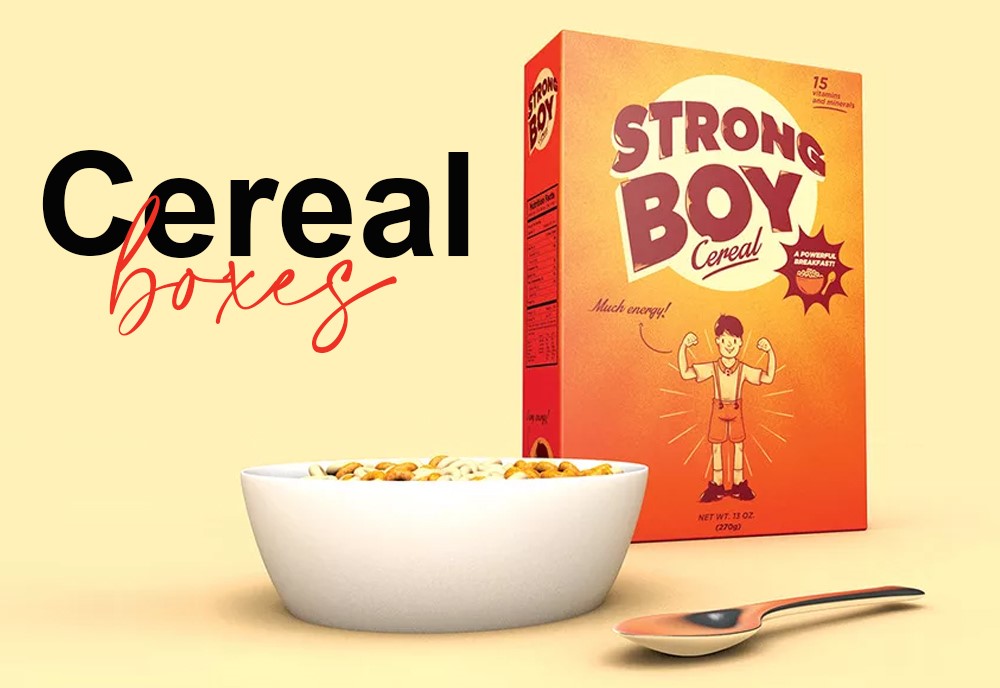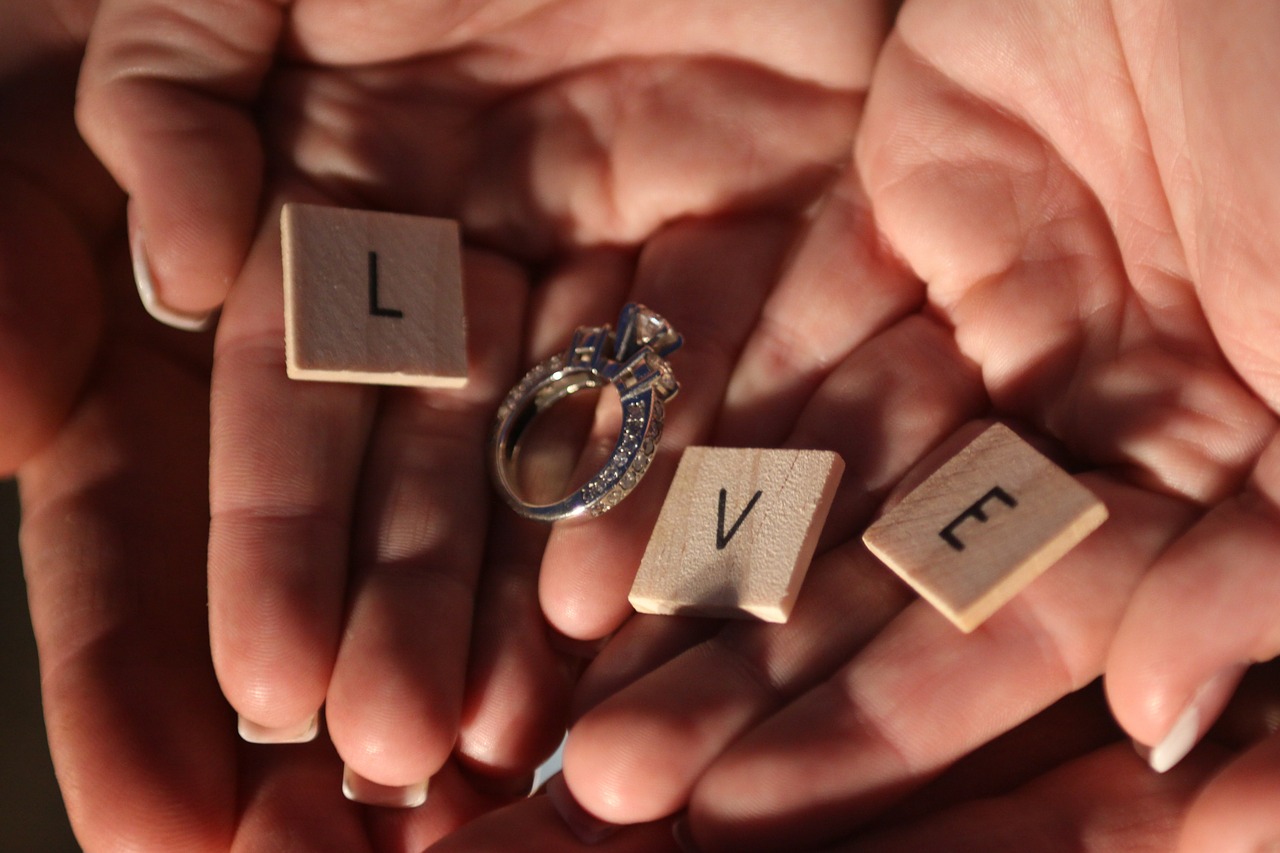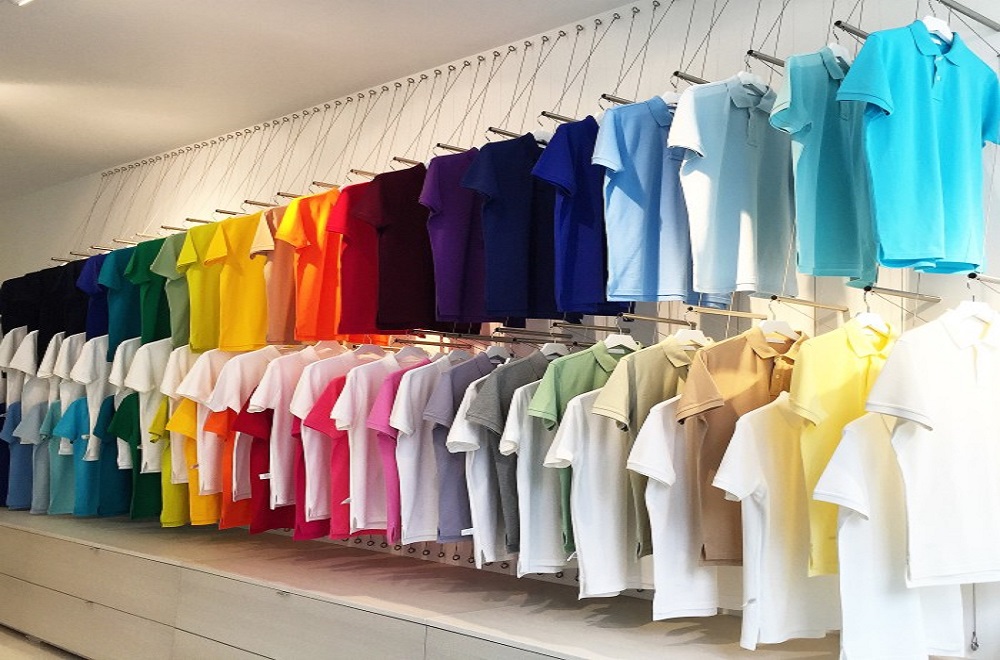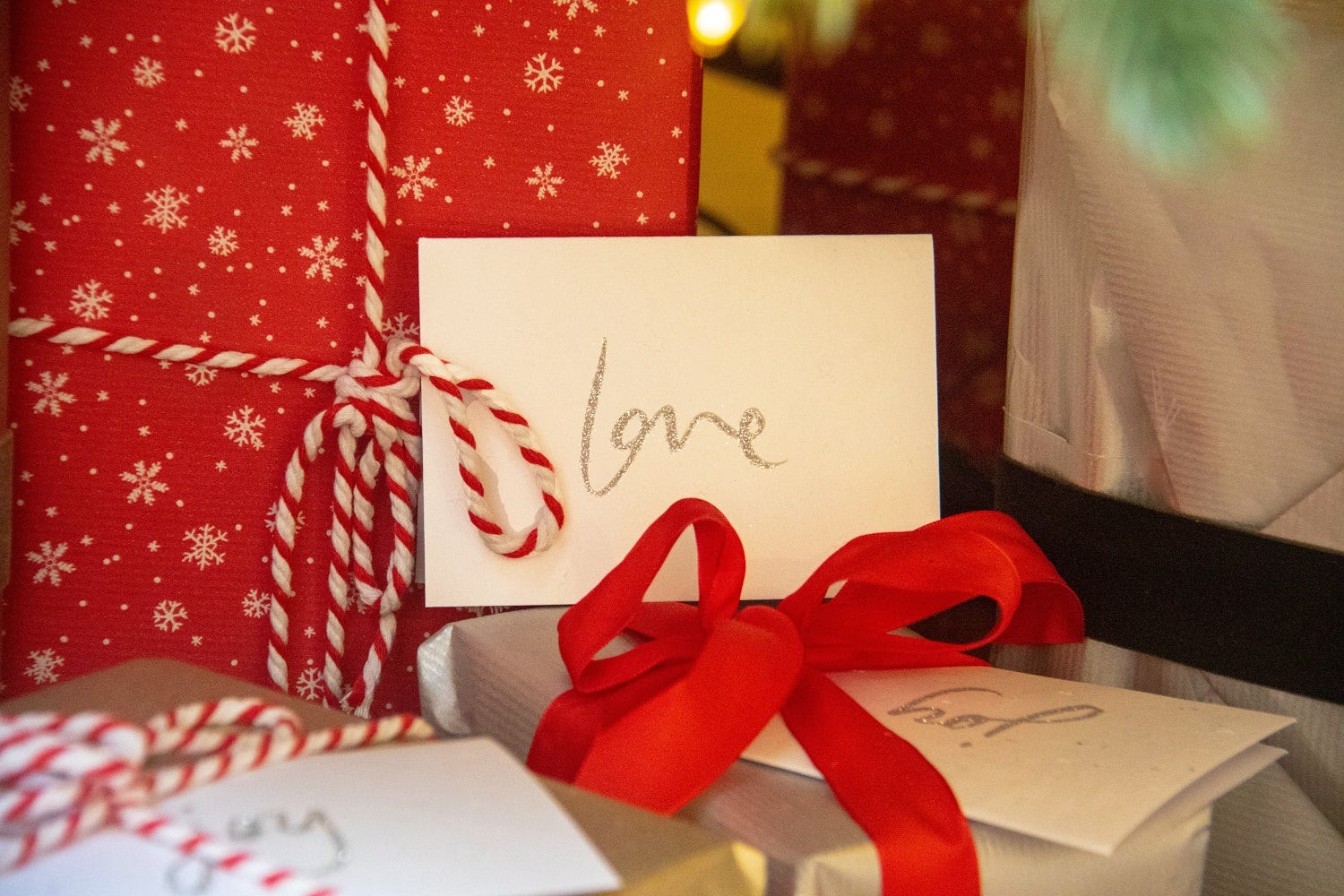Recycling is beneficial for the environment. It helps us to save precious resources while freeing up landfill space. Recycling is an easy process that takes little time and effort. If you have never recycled your old cereal boxes, it's never too late. Going for recycling will provide several benefits to the businesses. They can be easily converted to some other form of packaging. However, there are a couple of problems associated with cereal box recycling. Due to the presence of plastic or aluminum liner or a lamination coating, people get confused about whether the packaging is recyclable or not. Keeping in mind some important things can help in addressing all your queries. Let us have a look at 7 easy tips to overcome the problems of cereal box recycling:
Check the Recycling Logo on Your Cereal Packaging:
Cereal boxes are sustainable. They are made up of thin and lightweight paperboard that is fully recyclable. You can recycle your cardboard boxes same as newspapers, envelopes, and other paper products. However, consumers who are not familiar with this fact should look for a recycle symbol on custom cereal packaging. To keep the environmental impact low, cereals are packaged in specially designed eco-friendly boxes. Just to avoid any problem start with checking the useful information. The companies usually place a recycle sign on every cereal box.
1. Make sure that Your Cereal Box is Empty:
Once you have made up your mind for recycling, the next step is to make sure that there your cereal boxes are empty. There should be no leftover cereal inside the packaging. This is because if some food particles accidentally enter the recycling process, they may spoil the quality of the final product. Moreover, it also increases the work for the mainstream workers who are gathering empty cereal boxes to be processed further.
2. Break down/flatten your Cereal Box:
You might have seen that recycling bins are usually filled up to the top. When they will find no space to place their trash, it discourages the consumers. Breaking down or flattening your cereal boxes will save considerable space in the recycling bin. It will also easier for cardboard to get processed as it reaches the recycling facility. Flat boxes can move more efficiently through the recycling machine. This tip works well especially for the cereal boxes made from thick paper. The material that is thicker and stronger as compared to ordinary paperboard will make up a huge pile and may prove troublesome for the recycling facility. Other and, if you wish to recycle this thick paper, you have to make it flat or break it down so that you can place them in the same recycling bin.
3. Keep it Dry:
Before disposing of your cereal packaging in the recycling bin, make sure that the box is clean and dry. It is a good idea to keep it separate from the food waste or other types of items that go into the bin. This will save your recyclable packaging from contamination, and moisture which may prove a hindrance for cardboard to be recycled properly.
4. Check for the Recyclability of Aluminum or Plastic Liner:
Most of the brands use a plastic or aluminum liner to pack their cereals before placing them into the cardboard box. The liner is either sealed or has a zip lock to retain the freshness and quality of the product. Before you dispose of your cardboard box it is necessary to ensure that whether the internal packaging is also recyclable or not. Most of the consumers dispose of the inside liner along with the cereal boxes thinking that it is recyclable too.
If a single non-recyclable material enters the recycling stream it may spoil the whole lot. In the case they are not recyclable, you have to throw the liner in the trash bin whereas the cardboard box in the recycling bin. On the other hand, if you find a recycle symbol on the plastic/aluminum liner as well, you may dispose of them in the recycling bin. In some areas, there are separate bins for plastic, metal, paper, and glass, be sure to place the required material in the respective bin.
5. Check the Recycling Guidance on your Local Council Website:
Local councils give a lot of tips and recycling guidelines to overcome the problem of cereal box recycling. Make sure that you have checked them out so you do not miss any important detail that may stop your packaging from being recycled. The government's website for recycling collection is a helpful resource for recycling your cereal boxes and other similar materials. Just enter your postcode and go to the local council website to get a full list of recycling services and other useful information.
6. When Not to Recycle a Cardboard Box:
There are some situations where corrugated cardboard or even simple paperboard can't be recycled. The rules differ according to the location, so check with your local recycling center/government to check for your area's specific regulations.
- Cardboard that is greasy or contaminated with food particles, makes it useless for recycling. If your packaging has any clean portion you may cut it down for the recycling bin, while the dirty portion should be thrown in the trash.
- If the cardboard is coated with a wax layer, a plastic lamination layer, or any similar substance, it affects its capability to recycle. Therefore, check such containers for a recycle sign.
- Some collectors also do not take cardboard or paperboard for recycling if it is wet. This is because the wetness weakens its fibers and makes it less appropriate for recycling. It also adds on the unnecessary weight that many centers never want to pay for.
Fitness Write for us Niche available for guest posting at Grass Desk.









